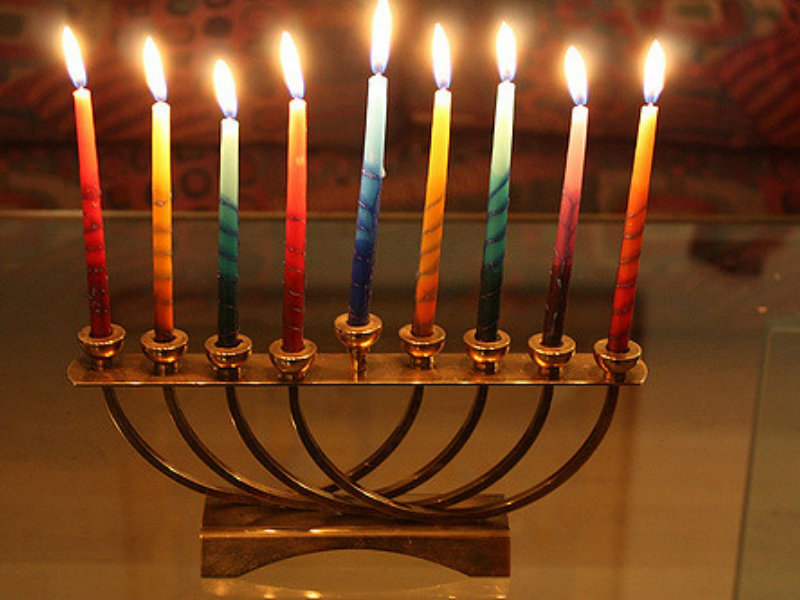The menorah may be the most prominent symbol of Judaism known to us, far predating the Star of David. The Hasmoneans chose this symbol to mint upon their coins and the modern State of Israel chose the menorah as the image for its official seal. Yet the fundamental symbolism of the menorah still escapes many.
The menorah was a tree. As Rabbi Samson Raphael Hirsch points out, the language the Torah uses for the menorah is of branches, flowers and meshukadim (almond-like decorations). The almond reference may well have referred to the knobs, branches and flowers.
Furthermore, it is supposed to have a tripod base. This clashes with many of our own mental images, which picture the menorah as seen on the Arch of Titus in Rome, which features stacked inset hexagons. The tripod requirement seems to extend the notion of a tree further, as the legs look like the roots of the tree.
This tree is a intentional paradox, the mutable growing tree of the menorah is the only vessel of the entire Tabernacle that is made entirely out of pure gold. Pure gold does not oxidize, nor does it tarnish.
Rabbi S.R. Hirsch believes that the pure, immutable soul is symbolized by the material, but the shape of this Tree of Knowledge is not to be corrupted, as the original tree was, but to grow and develop in the fashion that the Torah and its laws demand of us.
I think it may also serve as a metaphor of the nature of the Torah enterprise itself over the last 3,500 years: it must have an immutable core, but must also grow and produce new branches to meet the demands of new times, technologies and challenges.
